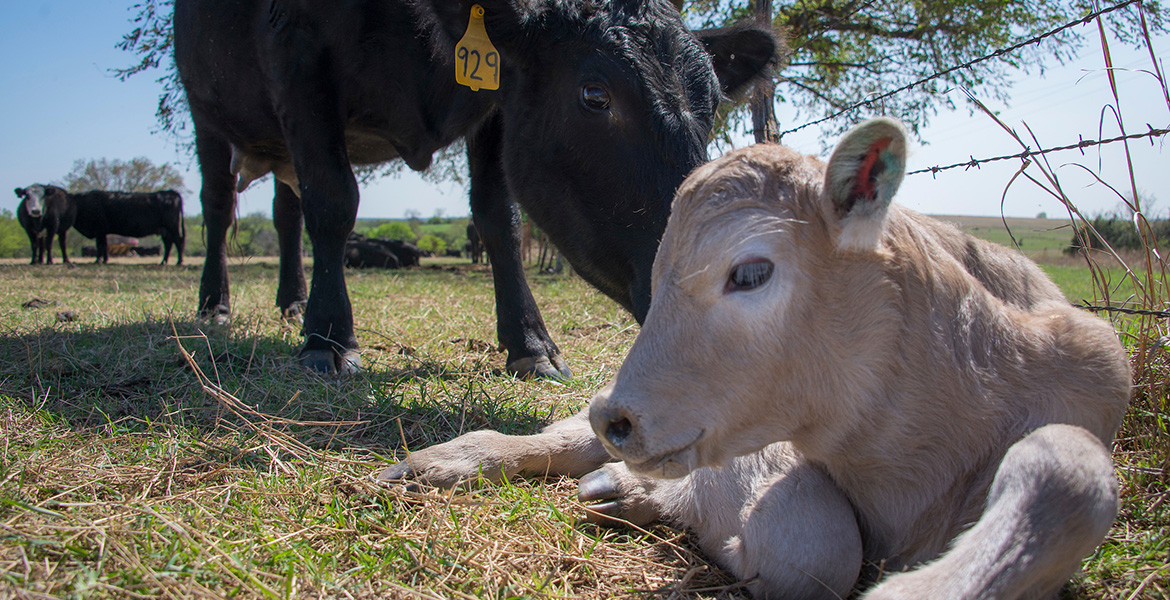
Source: Oklahoma State University DASNR | Nov. 12, 2020
Difficult calving can have long-term health implications – potentially even be fatal – for a calf and its mom, Oklahoma State University Extension specialists said.
“Ranchers who know what to expect in the calving process are in a better position to protect their livestock,” said Glenn Selk, OSU Extension beef cattle specialist. “If something has gone wrong, ranchers are able to identify it much faster and respond.”
OSU Extension’s fact sheet on calving for beef cows and heifers provides guidance on difficult calving, or dystocia, including:
- Three stages of a normal calving process.
- Cause and effect of dystocia on cattle.
- Signs of a difficult birth and how to assist.
- Charts listing gestation planning.
Timing is vital. The mother’s age, for example, plays a role: a heifer’s first calf will take longer. Also, waiting too long to provide assistance can compromise the health of both the calf and mom, which can result in an inactive calf and can cause delays in rebreeding the cow for the next season.
“Proper planning and knowing when it’s time to help is important to maintain vital and heathy livestock,” Selk said.
More beef cattle information is available on OSU Extension’s website.
